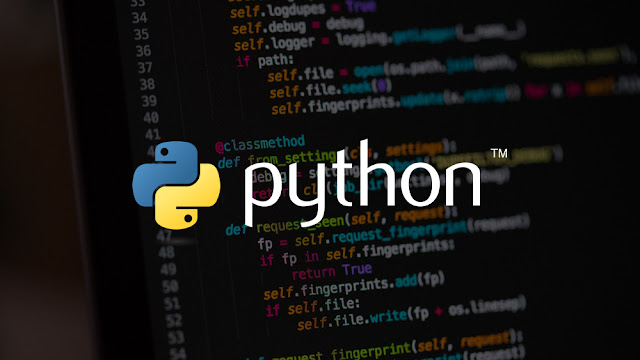Use of Apache Spark in the Field of Healthcare
It is possible to use Apache Spark in different use cases performed on the data has batch and interactive analysis, ETL, and streaming among others. Solutions involving big data are suitable for multiple use cases related to the health care institutions. Some research oriented or academic health care institutions today experiment with the big data and use this for high-level research projects. The healthcare industry in general generates huge volumes of data on a regular basis.
Electronic Health Record (EMR) collects huge data amounts by itself. Other than that, multiple sources for data exist in the healthcare industry. In last decade alone, the pharmaceutical companies aggregated research done over the years and have input the R&D data inside medical databases. This has resulted in the digitization of patient records. Simultaneously developments in technology and related advancements have made collection and analysis of information far easier than before.
One can collect the information from various sources and analyse the same in a simple way. This has proved to be highly beneficial for the various medical institutions. Single patient data might be coming from different hospitals, physician offices, and laboratories. In absence of an easy collection analysis system, things might become highly complicated quickly. Big data makes decision-making easy as one can make guided decisions through the insights they gain from big data.
This is possible with learning machine algorithms. In any traditional scenario, the physician has to use personal judgement when making various treatment decisions. These days, there is an increasing shift towards treatment and diagnosis using evidence-based medicine. It involves clinical data systematic review so that it becomes possible to make treatment decisions depending on the available information that proves to be the best. Aggregation of data individual sets into the big-data algorithm works as a highly robust evidence because nuances related to the sub populations like for example number of patients suffering from gluten allergies, tend to be quite rare.
For this reason in the small samples, they are not apparent readily. The privacy concerns that are getting stricter by the day make access to the EMR an expensive and difficult affair. Various technical problems can also make this a difficult proposition. You simply cannot negotiate the HIPAA compliance in the healthcare sector. The security and privacy of the patient data is of utmost importance and any compromise to this is intolerable at all levels.
In order to overcome the problem the generation of the data is by a machine based upon predefined criteria. Databases will contain same characteristics existing in real medical databases and might include details like patient admission information, medication, labs, social and economic information, and demographics among others. What is more, it is possible to customise the features and records present in the databases fully as needed. The data that you generate this way is approximately 2 GB in the form of EMR simulated data.
Apache Spark is revolutionizing various fields and the healthcare sector is one among these. It introduces the benefits of big data to the users opening up possibilities not present before.
Stay tune with our blog Big Data Journal for more updates on Big Data and other technologies. Click here to learn big data masters program


Comments
Post a Comment